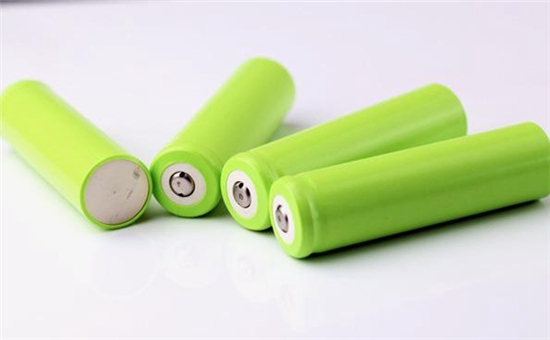What are the main materials of lithium batteries?
Analysts at JPMorgan recommended selling or "underweight" emerging market local currency sovereign debt because of the global impact of the Ukraine-Russia crisis.
JPMorgan estimated that fixed-income assets in emerging markets have lost 6-9 percent of their value since Russia invaded Ukraine a month ago, with nervousness about the war and its impact on global energy and food prices adding to existing pressures.
Some leading emerging market central banks are signaling that interest rates now need to rise faster than previously expected, which fuels fears of "stagflation". Stagflation means when high inflation and higher interest rates undermine economic growth.
With both the U.S. Federal Reserve and emerging market central banks raising interest rates, JPMorgan also said it made sense to "underweight" emerging market assets by taking advantage of the recent pullback in local currency bond yields relative to TREASURIES.
JPMorgan said major metals exporters such as South Africa, Chile, and Peru could still do well, but warned that emerging market fixed income assets now faced a more "stagflationary" trajectory.
The markets and prices of many commodities, metals, chemicals like the lithium batteries still face uncertainty.
Carbon anode material
The actual negative electrode materials used in lithium-ion batteries are basically carbon materials, such as artificial graphite, natural graphite, mesocarbon microspheres, petroleum coke, carbon fiber, pyrolysis resin carbon, etc.
Tin-based anode material
Tin-based anode materials can be divided into tin oxides and tin-based composite oxides. Oxides refer to oxides of metal tin in various valence states. There are no commercial products.
nitride
There are no commercial products.
Alloys
Including tin-based alloys, silicon-based alloys, germanium-based alloys, aluminum-based alloys, antimony-based alloys, magnesium-based alloys and other alloys, there are also no commercial products.
nanoscale
Carbon nanotubes, nano-alloy materials.

Nano oxide
According to the latest market development trend of lithium battery new energy industry in 2009, many companies have begun to use nano-titanium oxide and nano-silicon oxide to add to the previous traditional graphite, tin oxide, and carbon nanotubes, which greatly improves the charging and discharging of lithium batteries. volume and charge and discharge times.
What are the causes of battery explosions?
1. The internal polarization is large;
2. The pole piece absorbs water and reacts with the electrolyte;
3. The quality and performance of the electrolyte itself;
4. When injecting liquid, the amount of liquid injection cannot meet the process requirements;
5. The laser welding sealing performance is poor in the assembly process, and the air leaks when the air leakage is detected;
6. Dust and pole piece dust are easy to cause micro-short circuit first;
7. The positive and negative plates are thicker than the process range, and it is difficult to enter the shell;
8. The problem of liquid injection and sealing, the poor sealing performance of steel balls leads to air bulging;
9. The incoming shell material has a thick shell wall, and the shell deformation affects the thickness;
10. The high ambient temperature outside is also the main reason for the explosion.
High quality lithium batteries supplier
Luoyang Moon & Star New Energy Technology Co., LTD, founded on October 17, 2008, is a high-tech enterprise committed to the research and development, production, processing, sales and technical services of lithium ion battery anode materials. After more than 10 years of development, the company has gradually developed into a diversified product structure with natural graphite, artificial graphite, composite graphite, intermediate phase and other negative materials (silicon carbon materials, etc.). The products are widely used in high-end lithium ion digital, power and energy storage batteries.If you are looking for Lithium battery anode material,click on the needed products and send us an inquiry:sales@graphite-corp.com
Russia is a major supplier of industrial metals such as nickel, aluminium and palladium. Russia and Ukraine are both major wheat exporters, and Russia and Belarus produce large amounts of potash, an input to fertiliser. The price and market of the lithium batteries will fluctuate under its influence. Prices of these goods have been rising since 2022 and are now likely to rise further because of the Russia-Ukraine conflict. Russia is a major supplier of industrial metals such as nickel, aluminium and palladium. Russia and Ukraine are both major wheat exporters, and Russia and Belarus produce large amounts of potash, an input to fertiliser. The price and market of the lithium batteries will fluctuate under its influence. Prices of these goods have been rising since 2022 and are now likely to rise further because of the Russia-Ukraine conflict.
Inquiry us
PREVIOUS NEWS
What is Zinc Sulfide ZnS?
NEXT NEWS